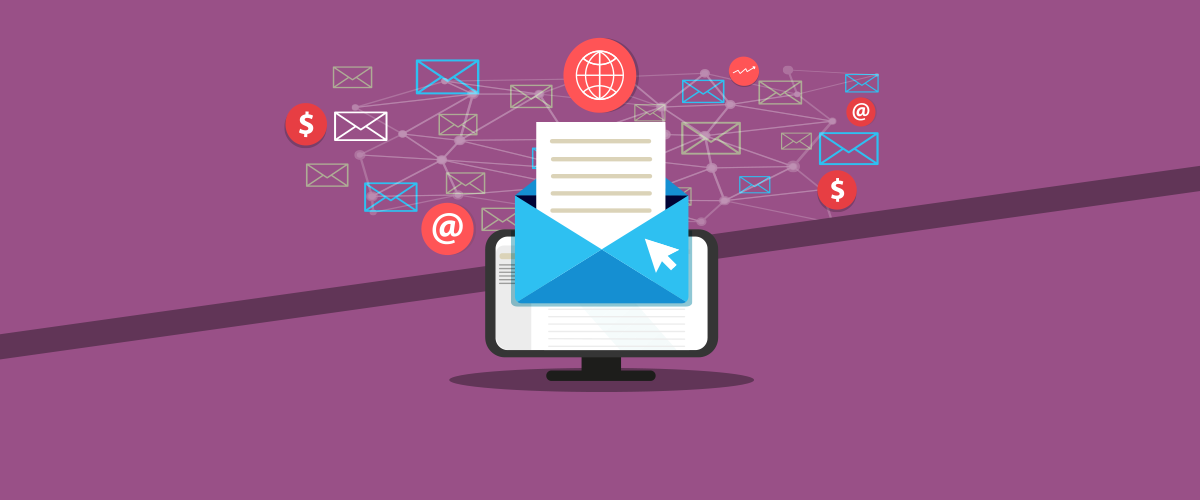
Email marketing has the highest ROI of all marketing tactics, so finding the right email marketing software to support your goals and grow your business is critical. But using email marketing software is just the start. Now it’s up to you to create campaigns and messaging that will entice your target audience. Using email marketing best practices will ensure your campaigns are successful.
8 SMB email marketing best practices
- Include your logo
- Build automated campaigns
- Make your CTAs stand out
- Use your email subject line and preview text
- Use multivariate testing
- Test device responsiveness
- Segment your target market
- Avoid noreply@ email addresses
-
Include your logo
When a contact opens your email, they should recognize it as yours. This happens first in the “from” field, but it also happens in the email body. Branding in email marketing is all about balance. Your logo should be visible at the top of all emails, but not so large that it distracts from the content.
-
Build automated campaigns
Campaign automation is a powerful feature of most email marketing tools. Automatic emailing is possible with automation platforms like Drip. You can create automated campaigns to welcome new customers, follow up after purchases, and celebrate birthdays. Use this power to engage your audience, increase conversions, and save time by creating automation workflows.
-
Make your CTAs stand out
Your email’s call to action (CTA) determines its success. What you want your audience to do should be clear from the start, whether it’s to order, read an article, watch a video, etc. Multiple CTAs in an email are allowed if they’re linked together, as in the Target example below. Too many CTAs can confuse your audience and detract from your campaign’s overall performance. If you have too many competing CTAs, consider splitting them up.
-
Use your email subject line and preview text
In a sea of emails, you have only a few seconds to grab your audience’s attention. It’s important to make your subject line and email preview text stand out in your recipients’ inboxes. You can use emojis to add a personal touch, or ask a question that can only be answered in the body of the email.
-
Use multivariate testing
Multivariate testing is supported by the majority of email marketing platforms. By sending two distinct versions of the same email, you can glean information about your audience that you would not have otherwise. For example, Mailchimp offers multivariate testing as a way to determine what works best for your subscribers, from the CTA to the subject line to the sender name. The key to multivariate testing success is to be strategic about the elements you test and to track which elements achieve the highest open and click-through rates across multiple campaigns.
-
Test device responsiveness
Adobe found that 85% of consumers’ access email via smartphone. Keeping this in mind, your email should look great on both mobile and desktop. When creating your creative assets, keep in mind the difference between light and dark mode. It’s important to use email marketing software that allows you to preview your email on various devices.
-
Segment your target market
Like personalization, audience segmentation improves the performance of email marketing campaigns. To determine what kind of messaging your audience receives, connect CRM software to your email marketing solution. As your business grows, so does your audience. You can meet the specific needs of your audience without manually grouping them using CRM-integrated segmentation.
-
Avoid noreply@ email addresses
Many companies use [email protected] because they don’t want their customers to think the email address they use to receive mail is also the one for customer service. Your message may never reach your audience because “noreply” addresses often trigger spam filters. If you’re like Z Gallerie, you’re “inspired” to put something else before the @. If you want to be more personal, you can use a business-related verb or adjective. In the long run, a more meaningful email address will increase engagement.